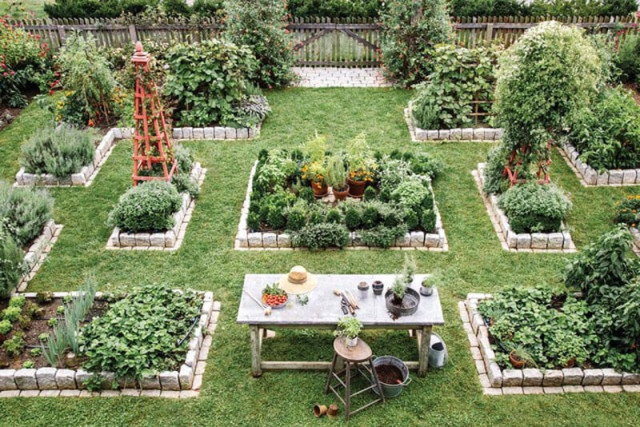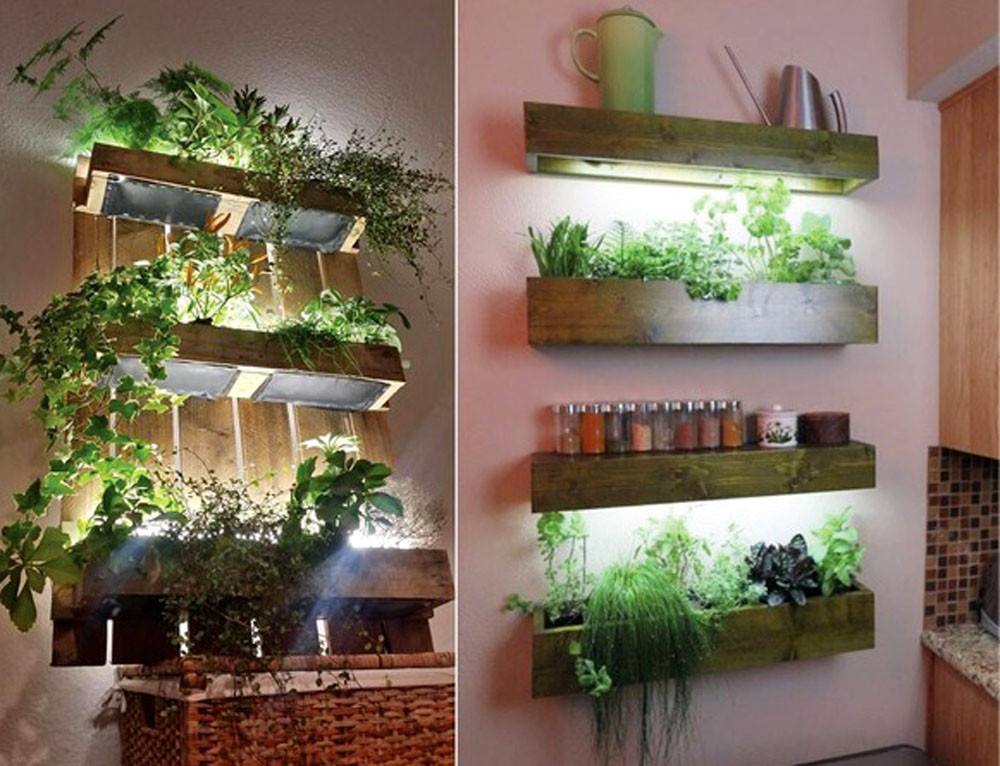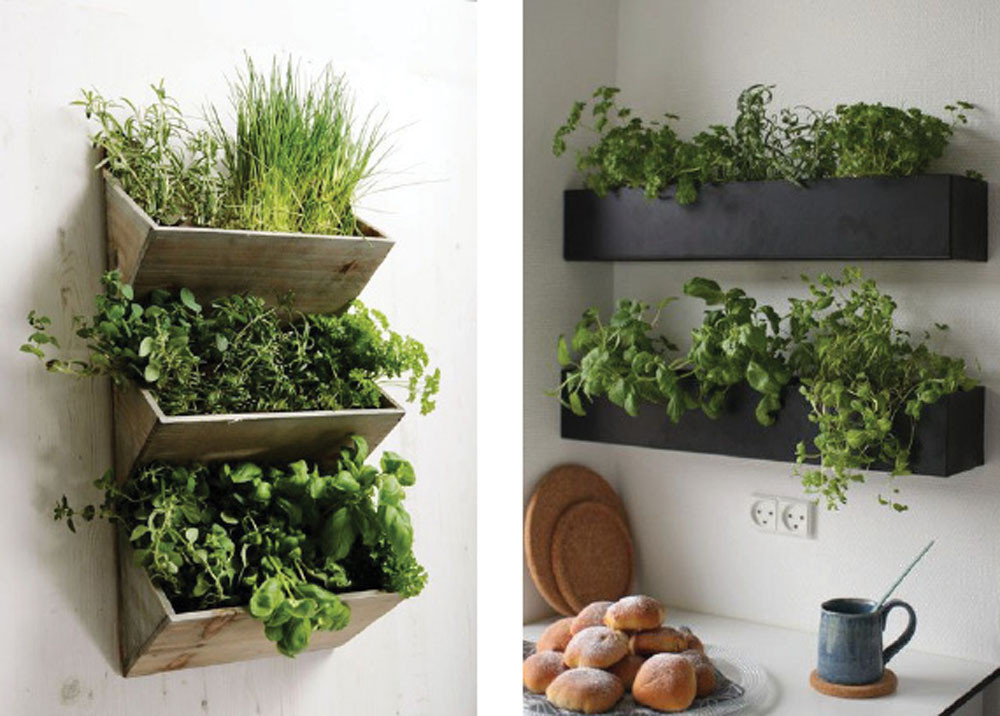The TEdit guide to starting your own kitchen garden
We've made it easy for you to start today!

Kitchen gardening is making a comeback. These small, attractive, and productive vegetable gardens are having a renewal of sorts. They’re sprouting up in backyards all over the world in the aftermath of the pandemic, as many people turned to gardening as a hobby during their isolation. People are becoming increasingly anxious and stressed as a result of the pandemic or rising inflation, and they are looking for ways to cut costs, cut back, or take other measures to be more productive with their time.
Growing your own food is beneficial because it provides a sense of calm from sowing and cultivating your crops, as well as the contentment of picking your own fresh fruits and vegetables. It’s also the healthier option since it enables you to grow crops organically. And whether you choose crunchy lettuce leaves, a consistent supply of fresh ingredients, or fiery chilli pepper to spice up your cooking, you’ll be surprised at how simple it is.
But, before we begin constructing a kitchen garden, let’s identify the vegetables that can be grown there. Veggies that require the least amount of care and thrive well in the home environment should be grown in the kitchen garden.
Ladyfinger, lemon, spinach, brinjal, tomatoes and chilli are a few examples. The best part about the whole thing is that you don’t need a lot of space to grow them. It makes no difference if space is limited.
Let’s look at how to set up a kitchen garden at home and what vegetables you can grow in it.
Choose A Site
Whether your home has a backyard or a kitchen window, you can have your own garden. A good gardening space receives at least six hours of sunlight per day and has a conveniently located water source. If you don’t have a large outdoor space, consider container gardening on your porch or balcony and you can grow your produce vertically. Choosing a flat area devoid of roots and rocks makes it easier to till and prepare the soil before planting. In case the soil lacks good drainage, consider creating raised beds that allow plants to grow above the ground level.

Garden Healthy
Healthy, rich soil is the key to a successful and productive vegetable garden, so don’t skip this step! Before growing food in your backyard, take samples of the soil and have them analysed to find out soil type and quality. The quality of your soil will affect the health of your crops and the design of your garden. Mulch the soil around your plants to improve your soil quality, lock in moisture and keep out weeds. In the winter, you can grow a cover crop or add nutrients to your soil.
Design Your Garden
A garden takes tending, so start small at first. Most herb garden ideas are low maintenance, don’t take up a lot of space, add instantly soothing aromatic fragrance and look pretty too so they are a quick win in terms of enhancing your kitchen garden. So spend some time sketching out a simple design for your garden to determine how much space you have for each plant. Put the tallest plants in the back of the garden to prevent the small plants from getting too much shade, and set your garden rows straight to maximize the sun’s rise and fall. You might consider installing a rain barrel, fence, compost bin, or a pathway in your garden, too.

Get Growing
You can plant the seeds of crops like peas and beans directly into your garden soil, while other crops like tomatoes need to be started indoors and later transplanted outside. Some easy vegetables for growing include peas, beans, lettuce, melons, cucumbers, peppers, onions, tomatoes, radishes. As you plant, mark your rows with sturdy labels so you remember what you planted. Not all seeds will grow or sprout, gardening involves trial and error, and you learn as you go. Your garden will get better over time, year after year.

Don’t over-fertilise
This might seem to be one of the most obvious vegetable gardening tips, but new veggie gardeners may not know when or how much to water and put fertiliser. Fertilisers replace lost nutrients, which ensures that soil nutrient levels are at an acceptable level for healthy growth. The only thing worse than starving a plant of nutrients is to accidentally overfertilise it. Usually a balanced fertiliser is applied every three to four weeks throughout the growing season



















COMMENTS
Comments are moderated and generally will be posted if they are on-topic and not abusive.
For more information, please see our Comments FAQ